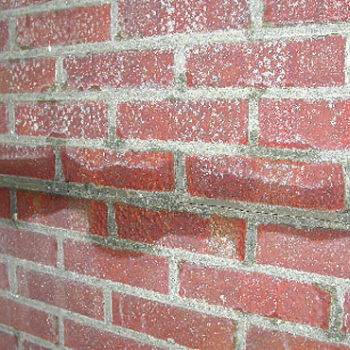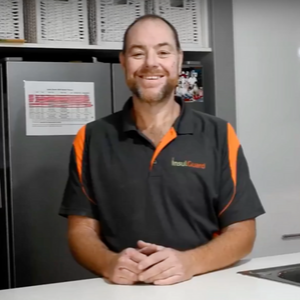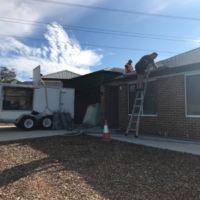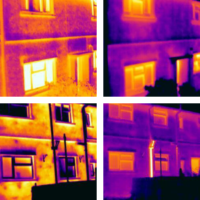Cavity wall insulation and damp are two problems that can often occur together. Cavity wall insulation can create problems with rising damp, as it can cause water to get trapped and prevent the walls from drying out properly. If water and dampness remains in the cavity, this can lead to mould and mildew growth.
What is Cavity Wall Insulation?
Cavity wall insulation is a type of insulation that is installed in the cavity between the inner and outer walls of a building. It is used to improve the energy efficiency of a building, as well as to reduce noise pollution.
The main reason cavity wall insulation is used is because it can help to improve the energy efficiency of a building. cavity wall insulation works by trapping heat inside the cavity, which means that less heat is able to escape through the walls. This can help to reduce the amount of energy that is required to heat a building, as well as making it more comfortable to live in.
Another benefit of cavity wall insulation is that it can help to reduce noise pollution. cavity wall insulation works by absorbing sound waves, which means that they are less likely to be heard outside of the cavity. This can help to make a building more peaceful and quiet, as well as reducing the amount of noise pollution that is produced by the building.
Materials Used in Cavity Wall Insulation
There are a number of different materials that can be used in cavity wall insulation. The most common types of insulation used are:
Glass wool: Glass wool is a type of insulation that is made from glass fibres. It is a good choice for cavity wall insulation, as it is a very good insulator and is also fire resistant.
Polystyrene: Polystyrene is a type of insulation that is made from expanded polystyrene beads. It is a good choice for cavity wall insulation, as it has a very high R-value (which measures its efficiency as an insulator) and is also water-resistant.
Rockwool: Rockwool is a type of insulation that is made from rock wool fibres. It is one of the only natural cavity wall insulation products.
The dangers of cavity wall insulation and damp
One of the main dangers of cavity wall insulation is that it can lead to rising damp. If water and dampness remains in the cavity, this can lead to mould and mildew growth. Mould and mildew can cause a number of health problems, including respiratory problems and skin allergies.
Cavity wall insulation and damp occurs because water can get trapped in the cavity. This can be because the fibres of the product create a bridge for water to travel laterally across the cavity. Pockets for the water to get trapped in then occur, which leads to the water sitting in the cavity. This water can travel to the internal skin of the home, leading to mould, mildew, and discoloration. Products like InsulGuard Cavity Shield prevent water from getting trapped due to the spherical shape of the insulation.
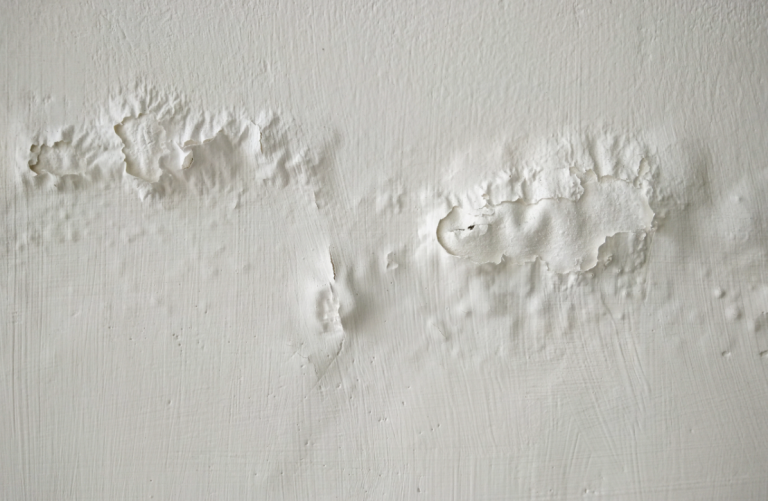
How do I avoid the issue?
Whether it’s fiberglass, polystyrene, or Rockwool – neither product itself will absorb water. The water may get trapped in the layers of the fibrous products, but they are hydrophobic. Therefore, as long as you maintain good ventilation in the cavity, there’s little concern for cavity wall insulation and damp.
This can be done through the installation of roof ventilation like a whirlybird and eave vents. These are not only great at keeping your roof and cavity ventilated, they can also reduce your cooling costs.
It’s also important to make sure the weep holes located at the bottom of your cavity are unobstructed. Most damp is rising from external soil being up against the brickwork. By maintaining good gardens around the exterior of your house and leaving the weep holes open, this allows the cavity to function as intended.
If you have any concerns about cavity wall insulation and damp, it’s best to speak to a professional. They will be able to assess the situation and advise you on the best course of action. Feel free to contact us for a consultation.
